After a week or so exploring the area north of Loreto, Eitan and I were back in civilization at Marina Santa Rosalia. We needed to do a little provisioning, but most importantly, Eitan needed to find the right parts and fittings to be able to install the new water maker. As we pulled in, we were greeted by a couple of cruising catamarans and were excited to finally connect with some new people. Both boats had recently been purchased in Puerto Penasco with hopes of cruising Mexico and beyond. We were happy to share some of our stories and favorite anchorages for them to look forward to and explore on their way south.
It always amazes me to meet people with little sailing or boating experience taking the plunge into cruising life. Even with someone as experienced and prepared as Eitan, things still go wrong and break from time to time, despite his 3 years of living onboard preparing for the trip. Even with his excellent weather prediction and trip planning abilities, we occasionally get stuck in a nasty swell or bad anchorage. I couldn’t imagine what it would be like to end up unprepared or inexperienced in some situations we had seen and how overwhelming it could easily be. Especially with kids or pets onboard, like these other boats we just met had. I guess those who are inexperienced become experienced soon enough.
Although the marina at Santa Rosalia was ridiculously cheap in the off season at just $0.30 per foot, we decided to only spend two nights there and then be on our way. With only one full day, we perused the town with Eitan tracking down parts while I did a little provisioning. We met around lunch time to eat at a locally famous Chinese buffet, which was decent and comparable to Panda Express quality. We spent the hot afternoon having drinks and chatting with our new friends while sitting in the pool to stay cool.
The next day we washed down the boat, filled up the gas, and were back on our way heading north. It was a pretty full day of travel and we arrived at the anchorage around 5 PM after sailing most of the day on southerly winds. As we pulled into the bay, Eitan spotted what he thought was a sunfish, but as we got closer we could see it was our first whale shark sighting! I put on my fins and snorkel as fast as I could and Eitan maneuvered the boat close enough for me to swim over. Unfortunately for me, whale sharks leisurely cruise at a pace much faster than I can swim and I never managed to catch up to him. It was getting late in the day and we dropped anchor to settle in for the night. Since the anchorage had a bit of swell, we threw out a stern anchor and set the main anchor to keep us pointed into the swell and avoid bobbing side to side. I misunderstood Eitan and accidentally put out 150 feet of chain, which was a little overkill considering we were in 15 feet of water but at least we wouldn’t be going anywhere.
Since arriving in Baja, the weather seemed to be pretty consistent from day to day. The light winds would pick up in the afternoon and die out around sunset, leaving the water completely calm and serene, like a lake. At night, Eitan and I would swim in the bioluminescence to cool off, then shower outside and finish the evening watching a movie on the bow, waiting for the inside of the boat to cool off to sleeping temperature. Some evenings, we would see the sky light up in the distance from the summer thunderstorms on the mainland.
Although the heat was horrible and made worse by the placid air, Eitan said we were lucky to have such calm weather without thunderstorms. He had mentioned that sometimes, during the warm summer months, the thunderstorms over the mainland can spin off across the sea and hit Baja in a kind of mini hurricane fashion. I came to find out these storms are called Chubascos and we were about to experience one firsthand.
It was another hot and calm evening and Eitan slept in the cockpit while I had the room to myself. Around midnight I heard Eitan moving about on deck and realized the wind started to pick up. I went topside and helped him to bring in any clothes and towels on the lifelines, take down the sun shades, and secure anything that could potentially blow away. The wind quickly elevated from 10, to 20, to over 30 knots! The sky had become cloudy and was occasionally lit up by lightning, with a loud boom to follow. Based on the time between the lightning and the thunder, it seemed the storm was still approaching. The wind sustained around 30 knots with gusts up to 40 knots.
Eitan started the engine to prepare to drive the boat forward if we started to drag the anchor, but the anchor was holding like a champ and we weren’t going anywhere. This could have been in part to my accidental dump of too much chain while we were anchoring. Over the course of the storm, the wind direction had changed a full 180 degrees indicating we were on the edge of the circular rotating system. After summer on the east coast, I expected the storm to only last about 30 minutes to an hour max. We thought the storm was done after 2 hours, but like a hurricane, the storm had an eye and we only got about an hour of relief before the same winds picked up again. In total, the storm lasted about 5 hours and we finally went to sleep around 6 am.
A week later, once we finally met up with some other cruisers in Bahia de Los Angeles, we heard of some Chubasco horror stories from their stay over the summer. A handful of boats that we met happened to be at an anchorage 30 miles to the north, at the northern tip of Isla Angel de la Guarda, called Refugio, and took the full force of the storm that we had only caught the edge of, being several miles south. That storm, (which turned out to be 3 separate cells that merged together) hit the anchorage with 70 knot winds, with some boats losing hatches and ripping canvas and others left with flipped dinghies. Although the weather had been forecasted to be calm that night, the chubascos are almost impossible to predict. Satellite imagery from the storm showed the system was larger than Hurricane Olaf, which was hitting Cabo San Lucas at the same time.
By comparison, our experience at the southern edge of the storm was average for what they see during the summer in the northern Sea of Cortez. Lucky for us, it seemed this would be the last Chubasco of the season as the northern winds began blowing, cooling off the air and reducing the potential for these storms to form. But, with the changing seasons, this was just the start of the weird wind patterns experienced in Bahia de los Angeles.
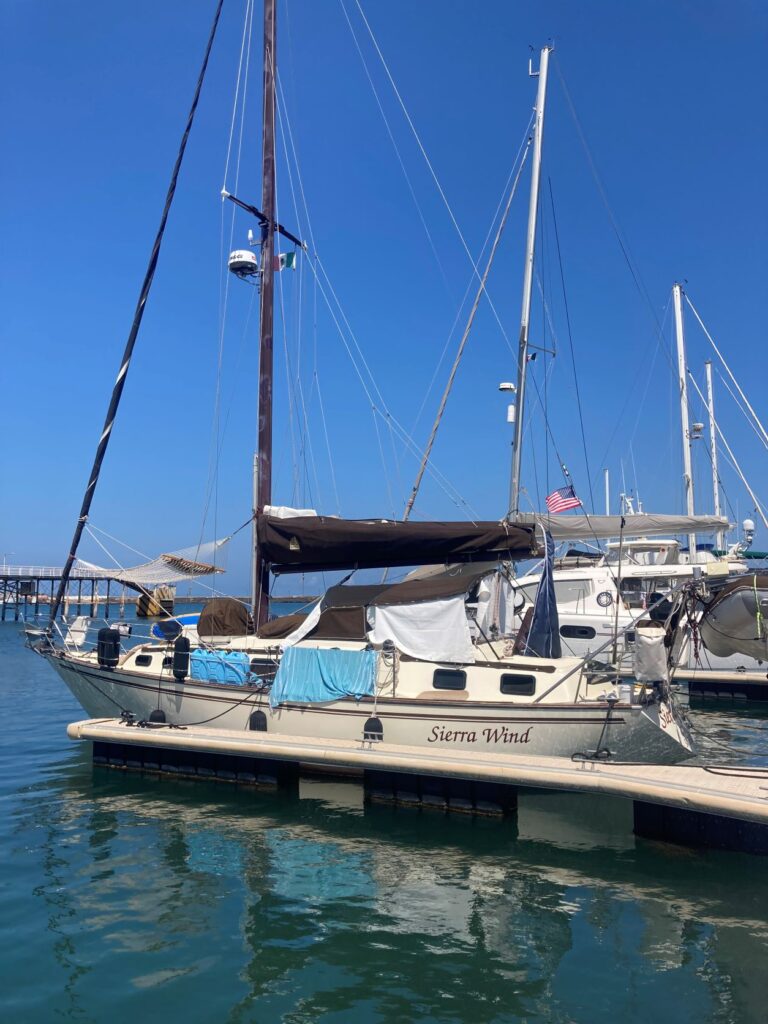

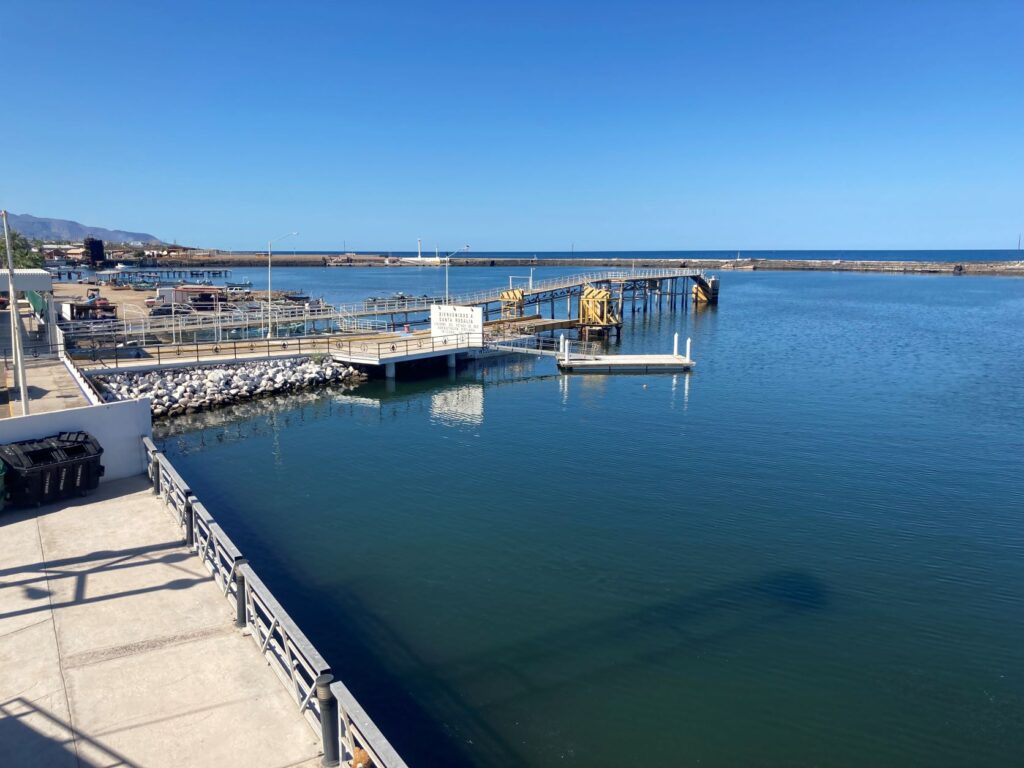
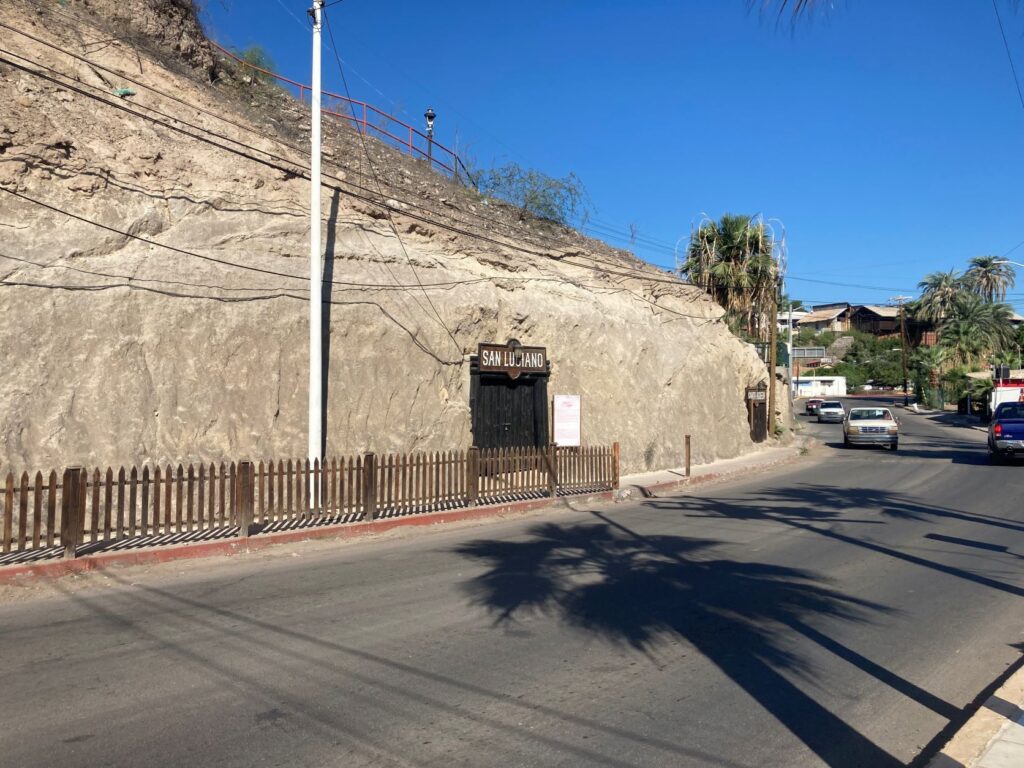
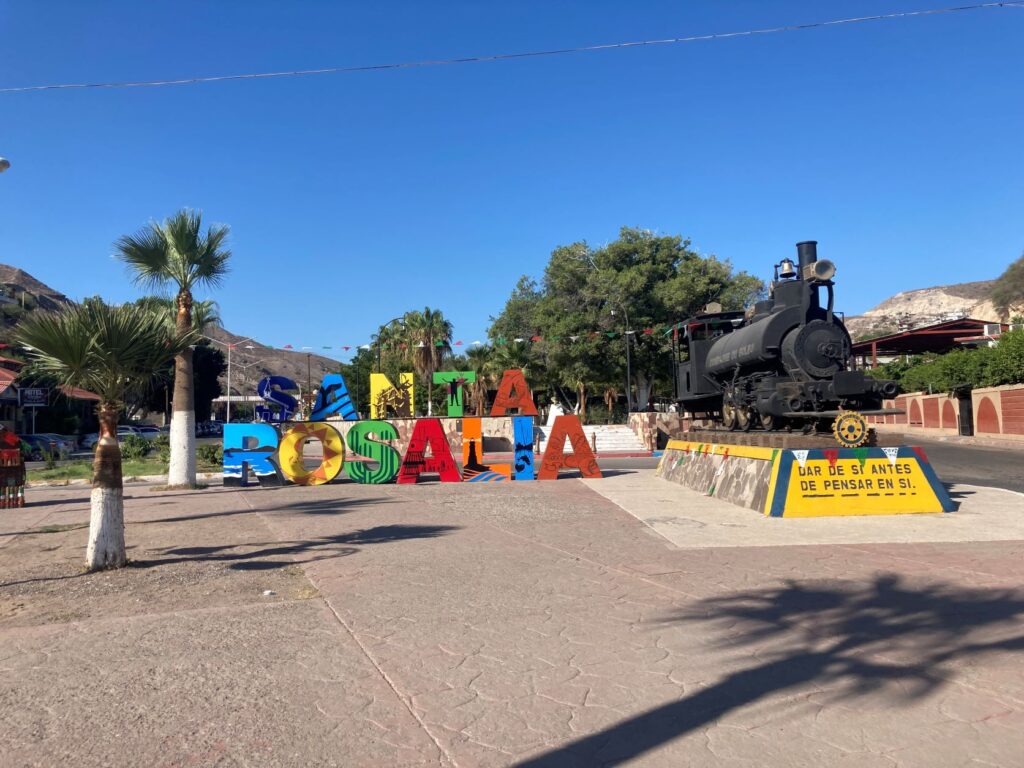

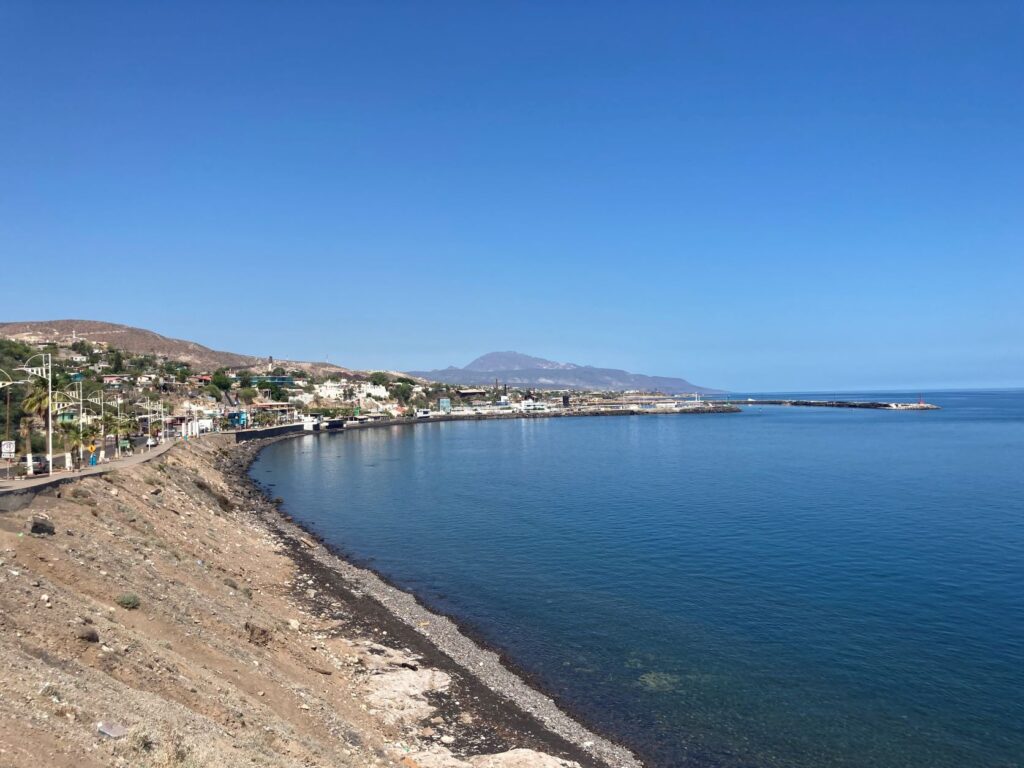
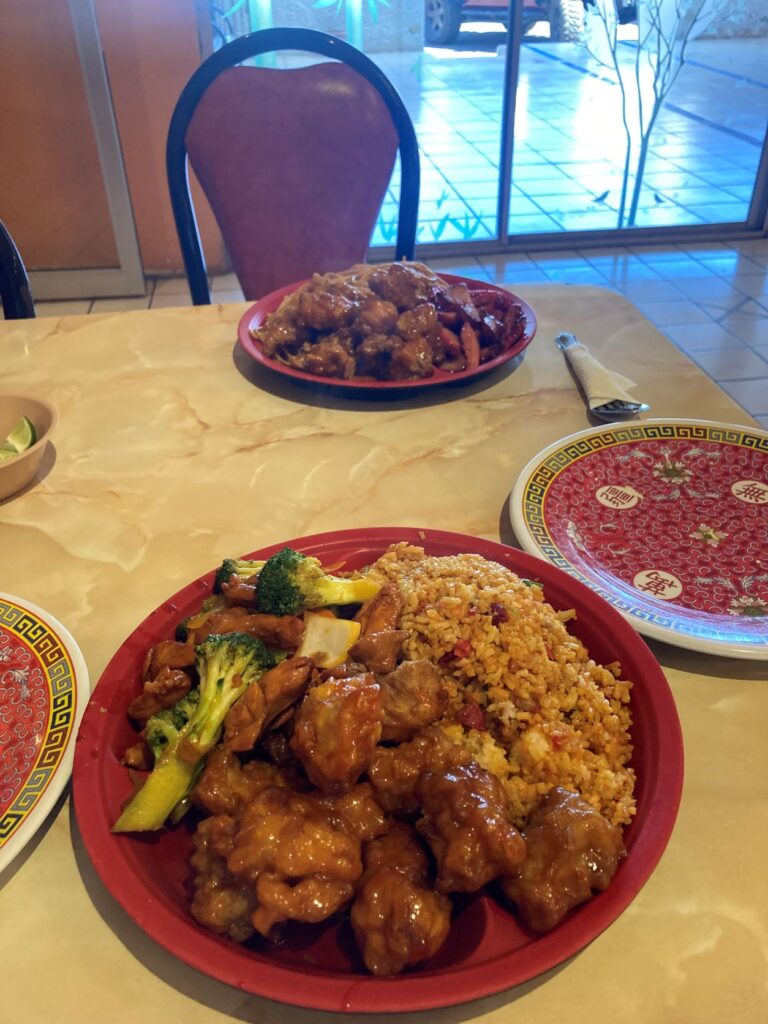

Found your vessel on marine traffic app!
Cousin Judy from Keyport WA
Fair Winds and Following Seas.